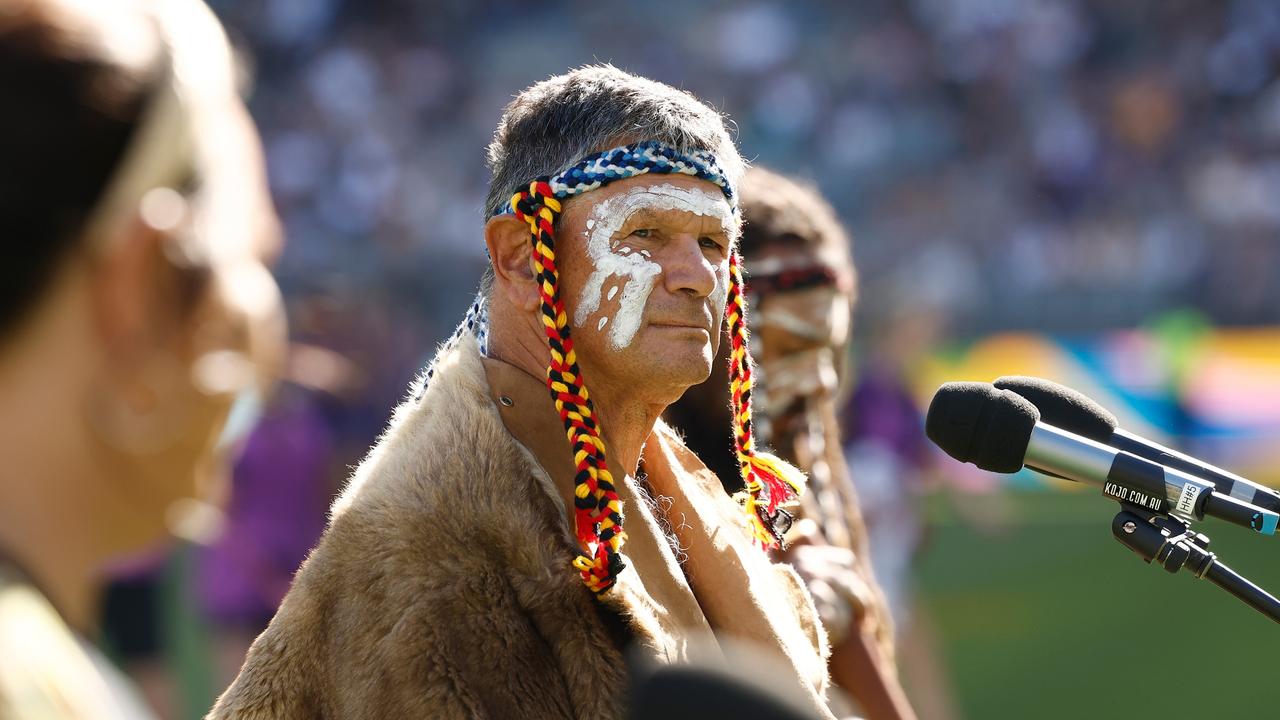No campaign against an Indigenous voice to parliament stronger on TikTok while Yes23 targets Facebook, Instagram and Twitter
Young women in the biggest cities are watching the No camp’s TikTok videos in large numbers but the Yes campaign has big followings on Facebook, Instagram and Twitter.

Opponents of an Indigenous voice to parliament say social media has been crucial in “levelling the playing field” at next month’s referendum, as new data shows the No campaign’s TikTok videos are most likely to reach young women in Australia’s biggest cities.
But the Yes campaign’s following on Facebook, Instagram and Twitter are much larger than Fair Australia’s, with Yes23 insiders saying engagement on their posts was double that of the No camp’s.
“On social media platforms, we are reaching millions of Australians each week,” a Yes23 campaign spokeswoman said.
“On the ground, our 35,000 volunteers are out in force every day, at train stations, shopping centres, knocking on doors and holding community forums.”
Declaring Fair Australia’s TikTok videos were “no doubt putting pressure on the Yes campaign”, the No Camp clocked up nine million video views on the platform between August 24 and last Thursday and has been averaging one million views a day since the referendum date was announced by Anthony Albanese on August 30.
Analysis of Fair Australia’s TikTok engagement, obtained by The Australian, shows the biggest reach was to 18 to 24-year-olds (36.3 per cent) and 25 to 34-year-olds (27.5 per cent) and the videos were most likely being watched by voters in Sydney (26 per cent), Brisbane (20.2 per cent) and Melbourne (15.1 per cent).
More than half of the views (57.9 per cent) came from women and 42.1 per cent from men.
A Fair Australia spokesman said the voice referendum marked the first national campaign where the impact of online and social media had superseded traditional advertising channels.
“This includes TikTok, and there is no doubt that it has played a crucial role in levelling the playing field against the $100m advertising machine that is the Yes campaign,” he said.
“The vast majority of content is being viewed in Sydney and Brisbane. The audience is younger and more likely female. There is no doubt that this content is putting pressure on the Yes campaign. Their popular vote strategy relies on younger voters in big metro capitals – and this is exactly who is engaging with our content.”
The Yes camp strongly disputes its war chest will amount to anything near $100m.
While Fair Australia has 37,000 followers on TikTok compared to Yes23’s 3500, on Facebook Yes23 has 61,000 followers versus 34,000 for Fair Australia.
There are 41,000 Instagram accounts following Yes23 and 3900 following Fair Australia, while Yes23 has 15,500 Twitter followers and Fair Australia has 5800 followers.
A Fair Australia spokesman said TikTok was an “incredibly powerful” tool and tens of thousands of Australias were using the group’s content on their own channels and platforms.
“Organic content from our campaign is actually out performing paid content from the Yes campaign. This is allowing our paid advertising content to concentrate on the (No) battleground states (of Tasmania, South Australia, Queensland and Western Australia),” he said.
The No camp’s confidence in its digital campaign came as prominent Yes campaigner Noel Pearson said he wouldn’t believe a hand of friendship and reconciliation from Indigenous people “would be just slapped aside” by Australians.
“At this stage, I believe we still have the capacity to do the right thing. I tell you one thing though, I just don’t believe when the hand of friendship and reconciliation is extended from Indigenous people that at the end of the day, their love will be unrequited. I can’t believe that,” he told the ABC’s Insiders program, adding the Yes camp could “absolutely” still win.
“This unrequited love is my worst nightmare … We’re 3 per cent of the population. We are the most powerless people in the country, with the weakest political constituency in the country, but through persuasion and through argument and through constant campaigning, we’ve managed to make gains. We’re the underdog in this referendum but I still believe we can achieve victory.”




To join the conversation, please log in. Don't have an account? Register
Join the conversation, you are commenting as Logout